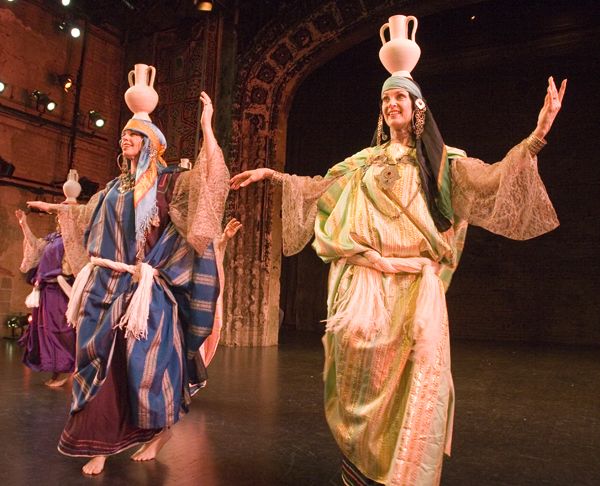theculpritandthecure.com – Tunisia, a country rich in history and cultural diversity, boasts a vibrant musical and dance heritage that reflects its unique position at the crossroads of Africa, the Middle East, and the Mediterranean. The music and dance of Tunisia are deeply rooted in its history and are a testament to the country’s diverse influences, from Arab and Berber to Andalusian and French.
Traditional Tunisian Music
Traditional Tunisian music is a harmonious blend of various styles and influences. One of the most prominent forms is Malouf, a genre with Andalusian origins that has been adapted and preserved by Tunisian musicians over centuries. Malouf is characterized by its intricate melodies and rhythms, often played on traditional instruments like the oud (a stringed instrument), the darbuka (a goblet drum), and the qanun (a type of zither).
Rhythms of the Sahara: Berber Influence
The indigenous Berber population has also left a significant mark on Tunisian music. The Berber music of Tunisia is known for its rhythmic complexity and often features traditional instruments such as the gasba (a type of flute) and the bendir (a frame drum). These instruments, combined with distinctive vocal styles, create a sound that is both hypnotic and evocative of the vast Sahara Desert.
The Dance: A Celebration of Life
Dance in Tunisia is an essential aspect of cultural expression, often performed at weddings, festivals, and other celebrations. Traditional dances vary by region, each telling stories of community life, nature, and history. The most famous of these is the Raqs al-Mahali, a lively and energetic dance typically performed by women in colorful costumes adorned with intricate embroidery and jewelry.
Modern Interpretations and Global Influence
In recent years, Tunisian music and dance have evolved to incorporate modern elements, blending traditional sounds with contemporary genres such as jazz, hip-hop, and electronic music. This fusion has sparked a new wave of Tunisian artists who are gaining international recognition, bringing the country’s unique cultural heritage to a global audience.
Preserving Tradition Amidst Change
Efforts to preserve and promote traditional Tunisian music and dance are ongoing, with festivals and cultural programs dedicated to celebrating and teaching these art forms. Institutions and cultural organizations play a crucial role in ensuring that these traditions continue to thrive amidst the rapid changes of the modern world.
Conclusion: A Cultural Symphony
The music and dance of Tunisia offer a captivating glimpse into the country’s rich cultural tapestry. Through their rhythms and movements, they tell stories of Tunisia’s past and present, weaving together the diverse influences that have shaped this fascinating nation. Whether through the haunting melodies of Malouf or the vibrant energy of traditional dances, Tunisia’s cultural heritage continues to enchant and inspire.
